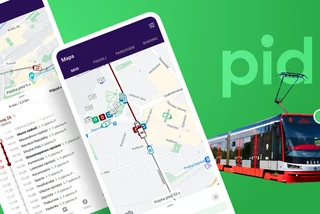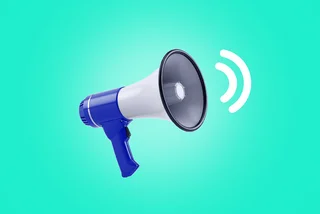Some public transport passengers in Prague and Central Bohemia are facing frustration and confusion over recent changes to the bus stop system, which since the end of June has made all calling points on the network request stops (zastávka na znamení).
According to the Regional Organizer of Public Transport (ROPID) in Prague, the changes aim to improve efficiency, quicken journey times, and reduce fuel costs. However, some members of the public argue that it is causing more harm than good.
Want to get on or off? Take action
Under the new system, passengers need to push the “Stop” button on the bus when they want the vehicle to halt at the next stop. If someone wants to get on a bus, they must clearly wait by the bus stop in direct view of the driver (they do not need to signal with their hands). Under the old system, buses would call at almost all stops regardless if people were waiting (or pressed the button) or not.

Members of the public, especially the older generation, have expressed confusion on how exactly the system should work. One person told Czech media outlet Metro.cz that they didn’t understand why stops near hospitals are request stops, when they almost always have people – often elderly and with limited mobility – needing to use them. This demographic may have particular problems with getting to grips with the new stop system.
Another issue is that some bus stops on the network have opaque bus shelters (unlike the new, transparent black-themed steel structures), which makes it harder to see if someone is standing at a bus stop.
Do you approve of the new bus stop system?
City defends itself
Despite the negative response from some quarters, ROPID remains optimistic. "It is still too early for an overall assessment, but the system has been implemented successfully in a large area," organization spokesperson Filip Drápal told Metro.cz.
"We are listening to the feedback from passengers and working to address their concerns," said Drápal. "We are confident that this new system will ultimately improve the overall experience for our riders,” he added.
This change has also raised concerns about safety at bus stops and in the vehicles. ROPID advises passengers to be at the stop on time and not try to catch the bus, as this can lead to accidents. They also remind passengers that they must press the “Stop” button well in advance of the bus approaching the stop.
According to ROPID, if a bus driver fails to stop at a designated bus stop, even when passengers are waiting to board or alight, it is considered the driver's fault. Drápal, based on information about a specific incident, states that the driver would first receive a warning for such a situation, and could potentially face financial penalties if the issue persists.
ROPID explains that in addition to communicating with passengers, their information campaign included extensive training for drivers. During this training, drivers were specifically warned again about the possibility of penalties for failing to call at designated bus stops.












 Reading time: 2 minutes
Reading time: 2 minutes 



























